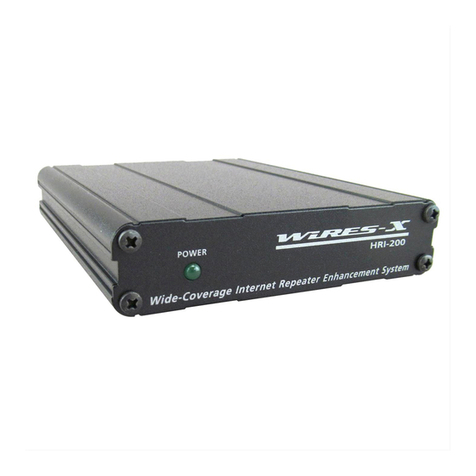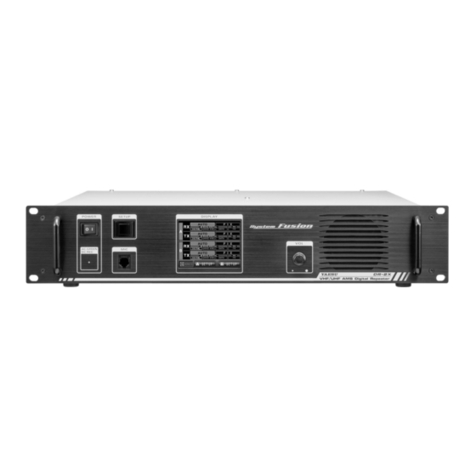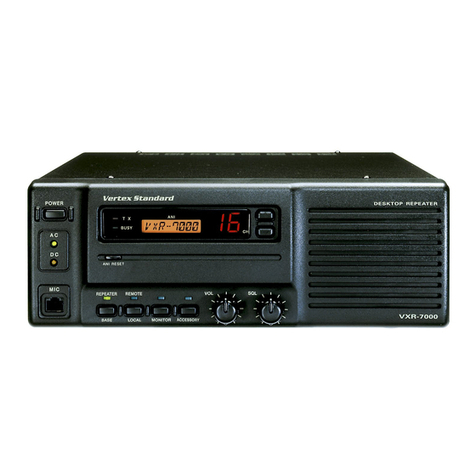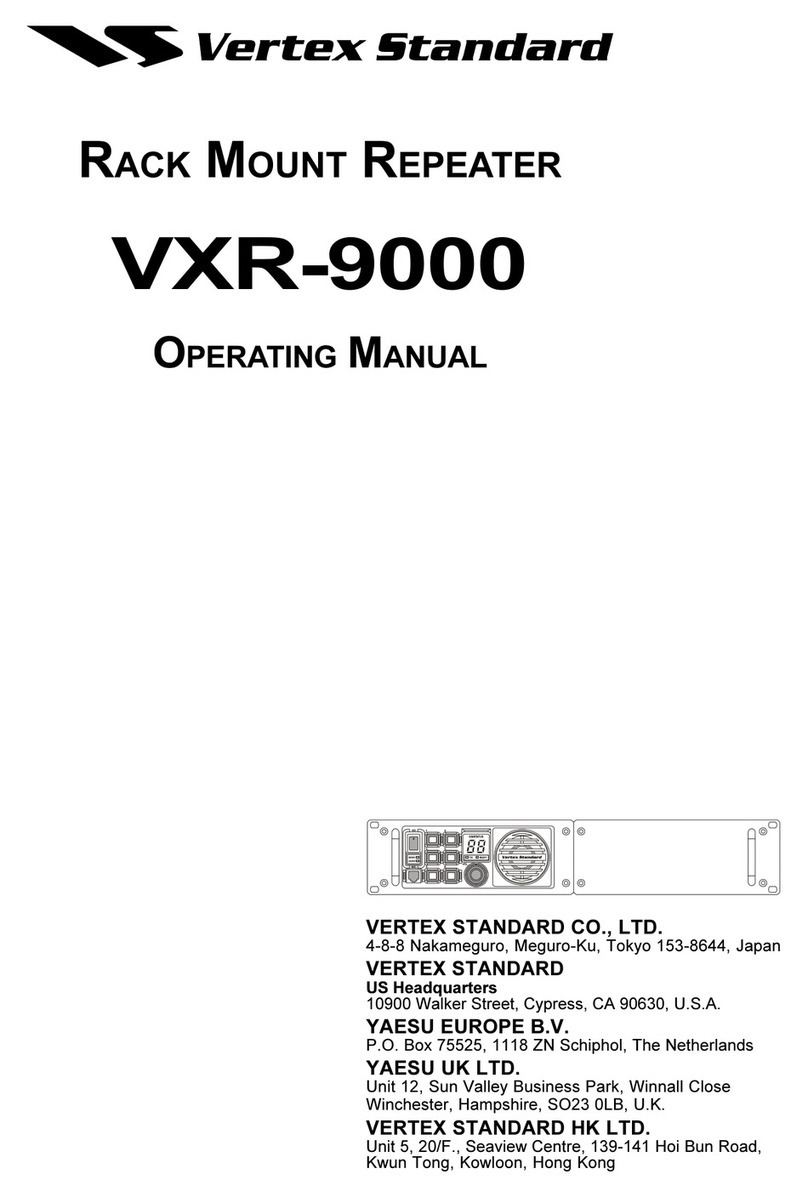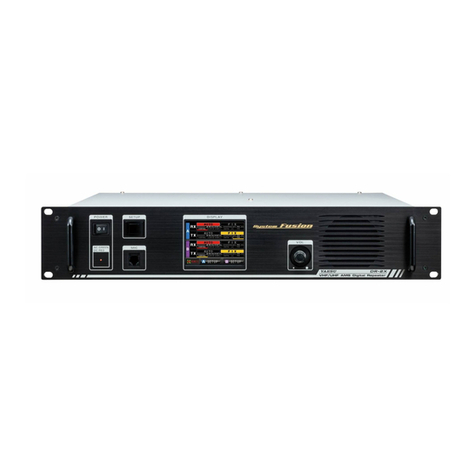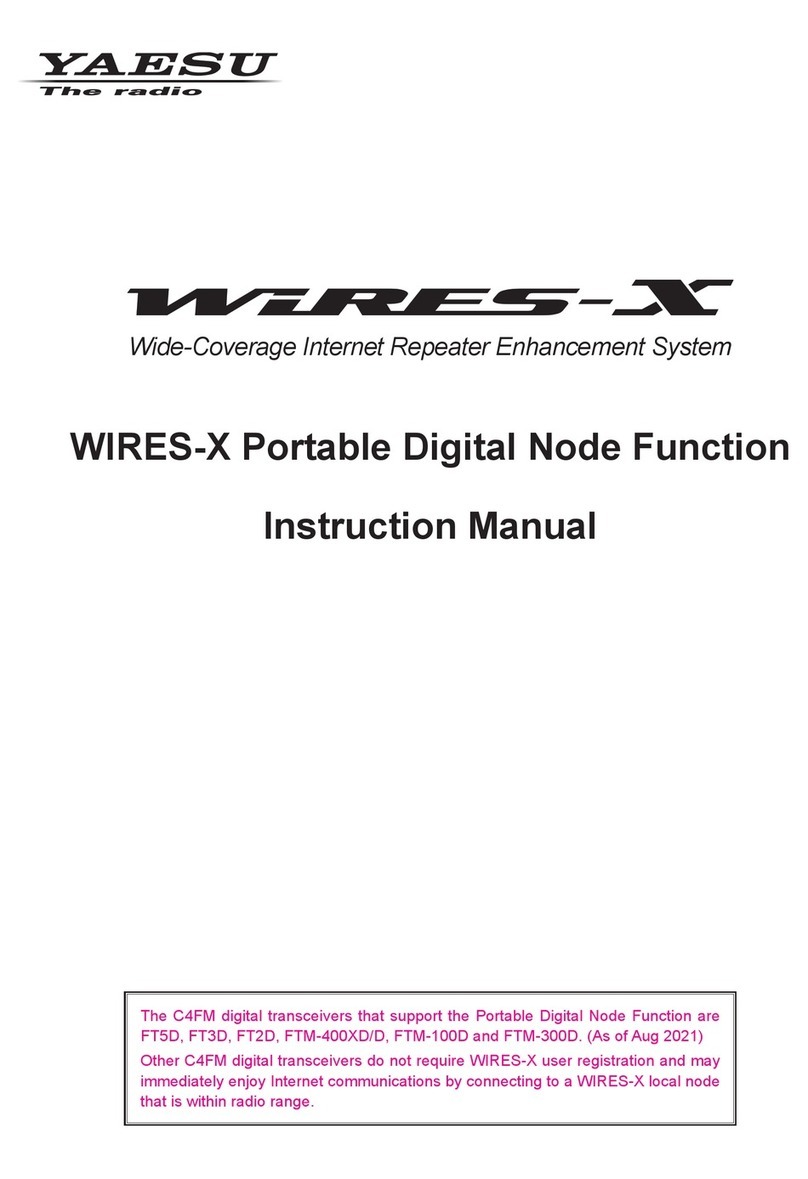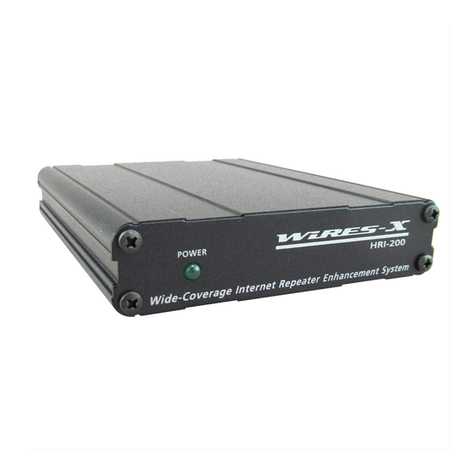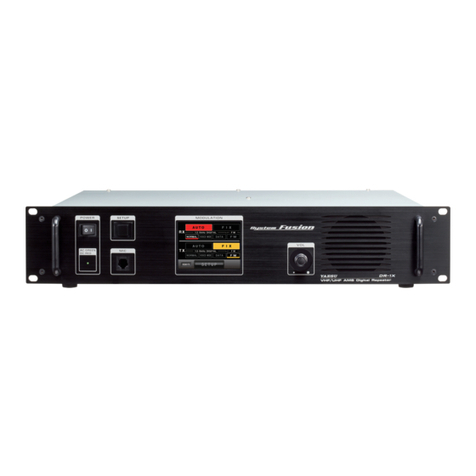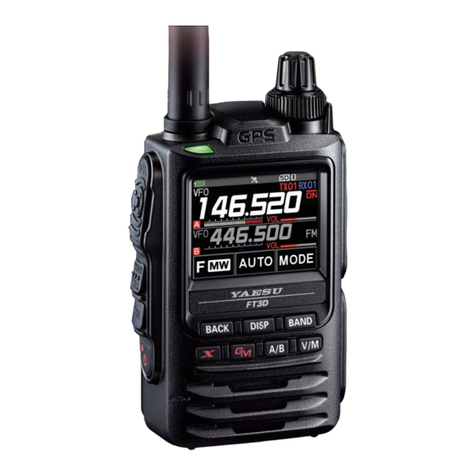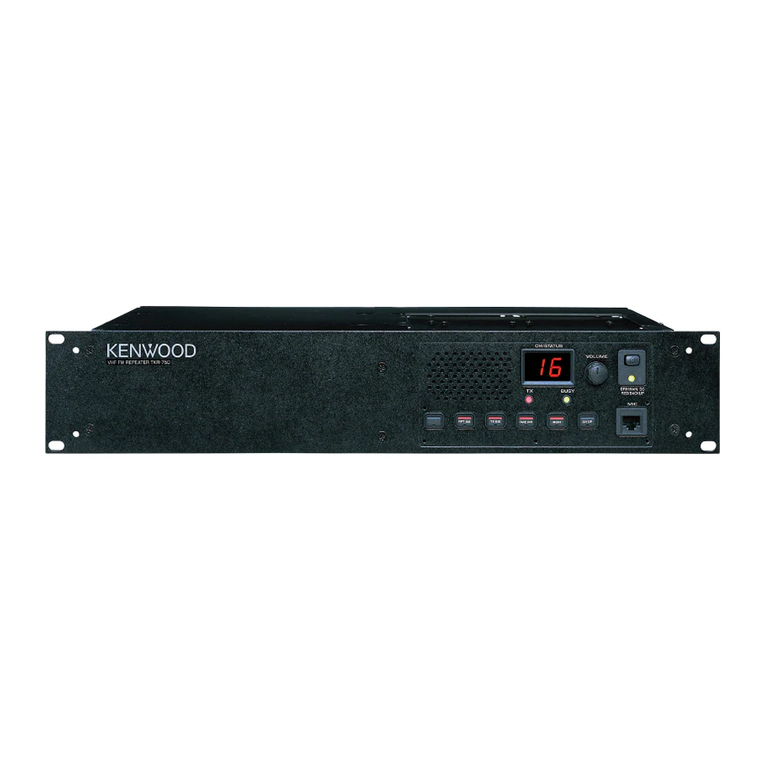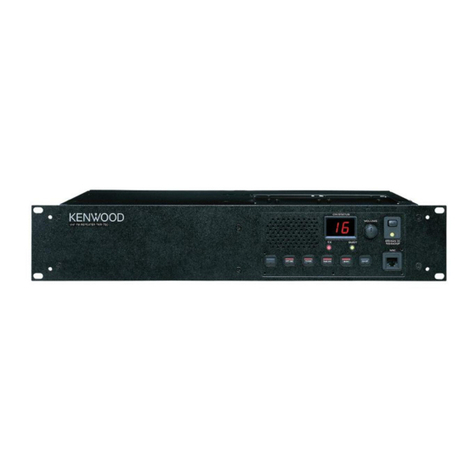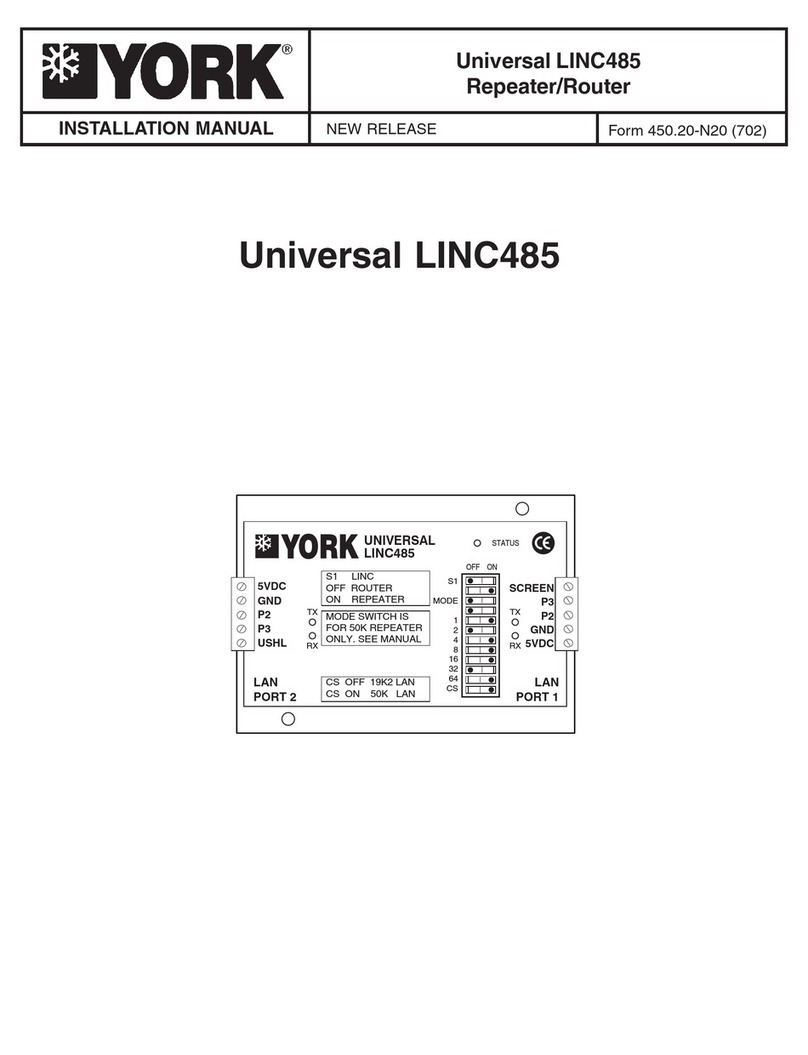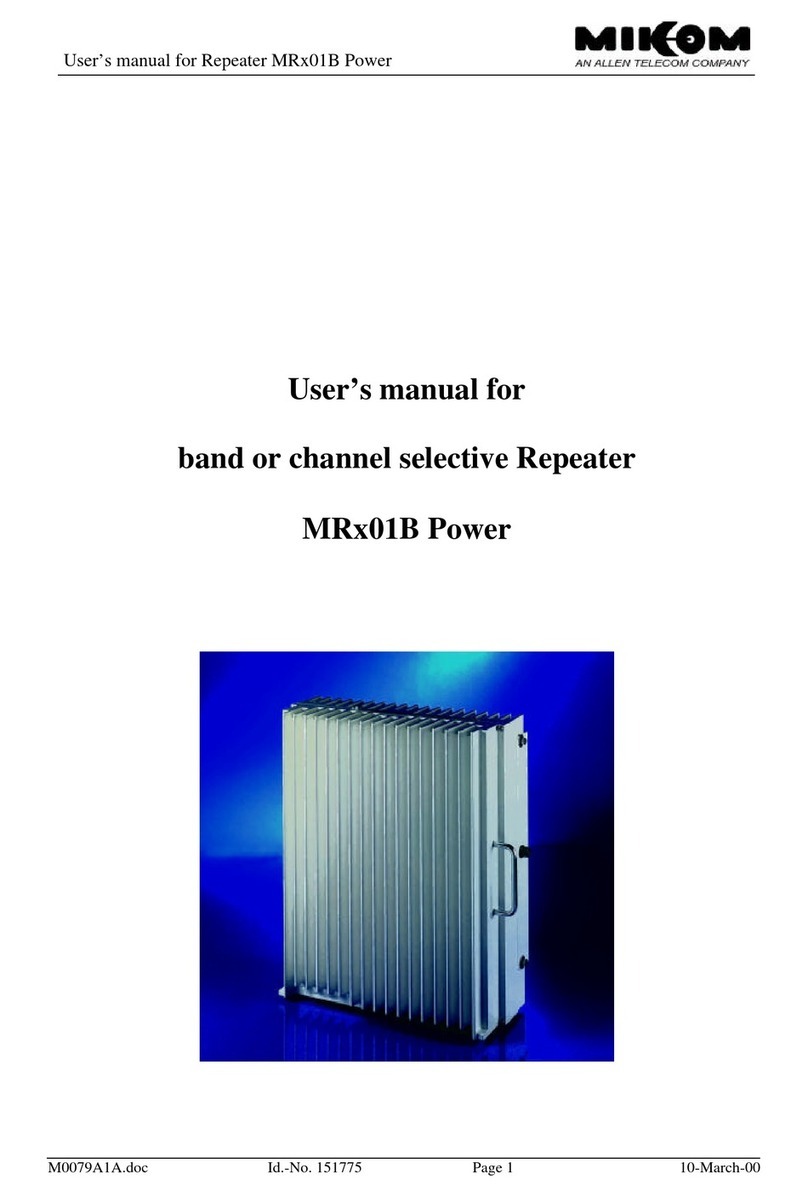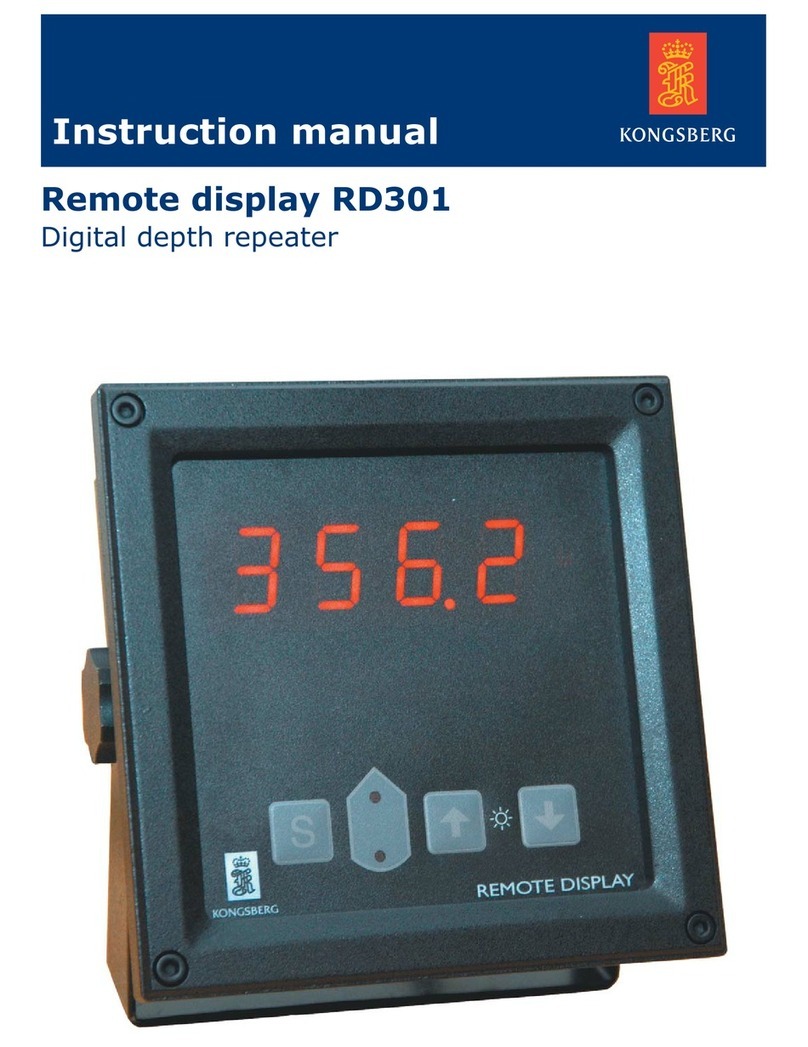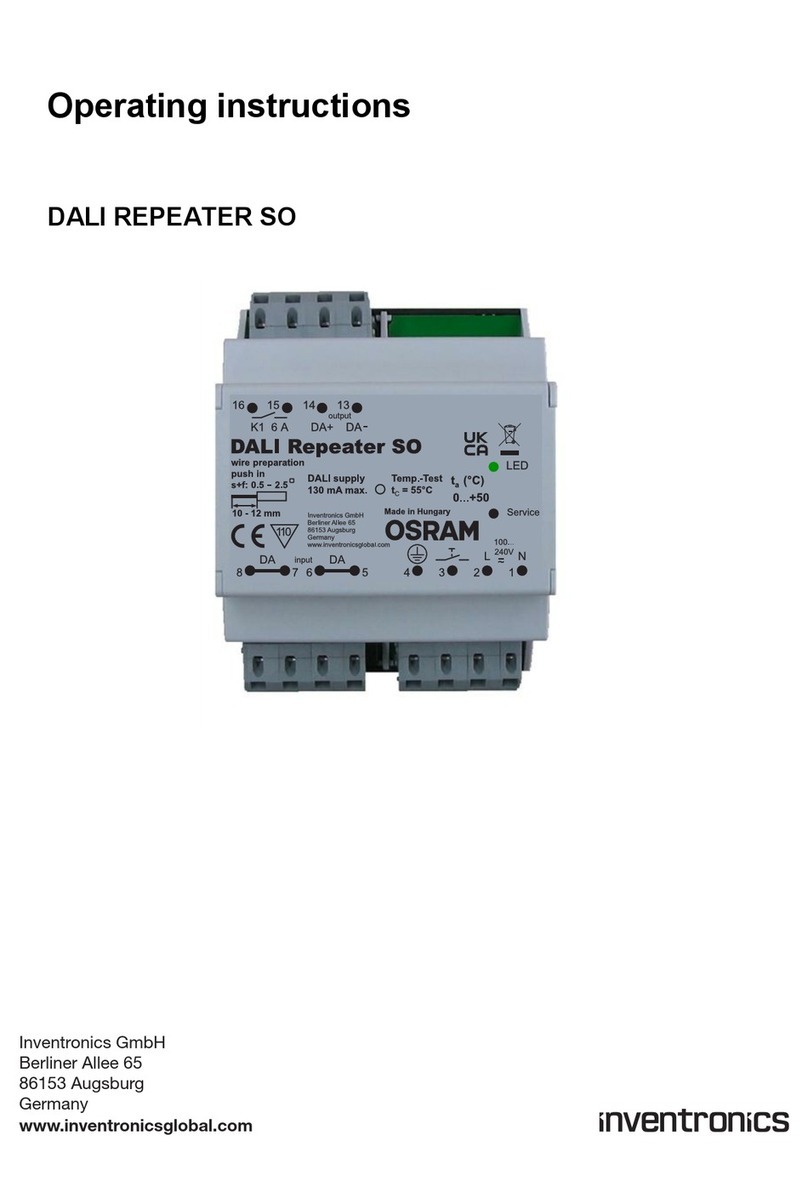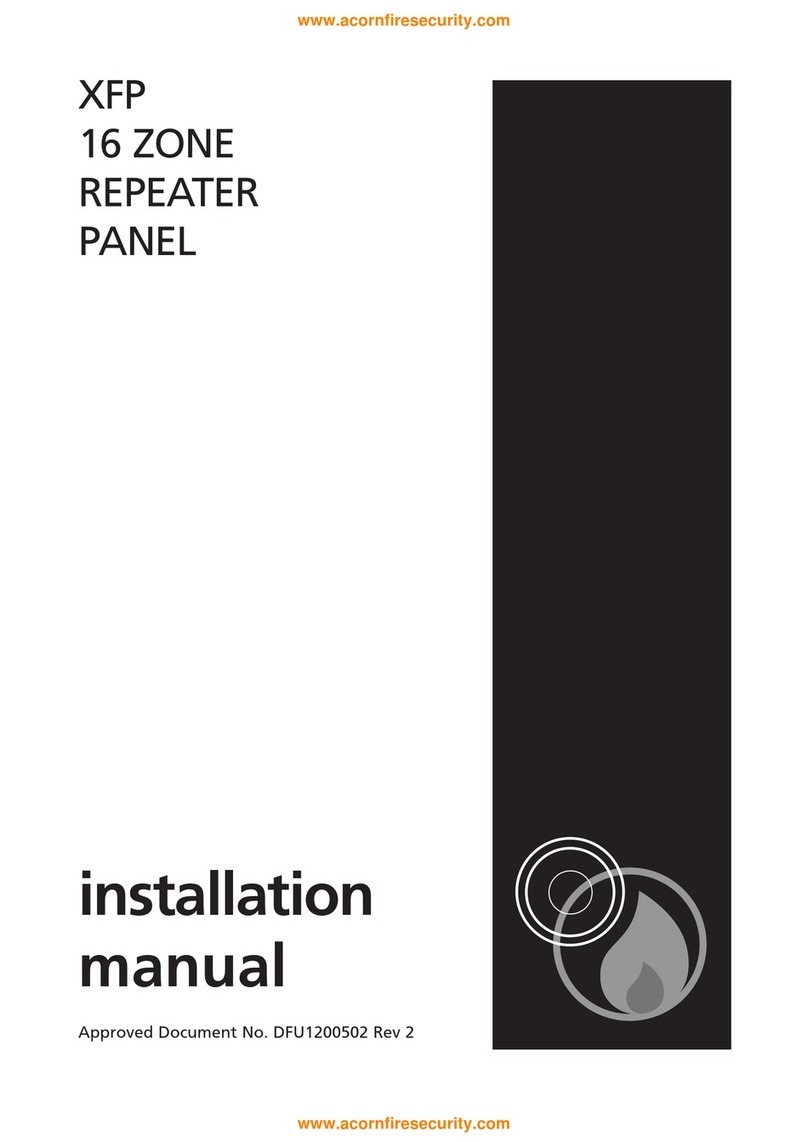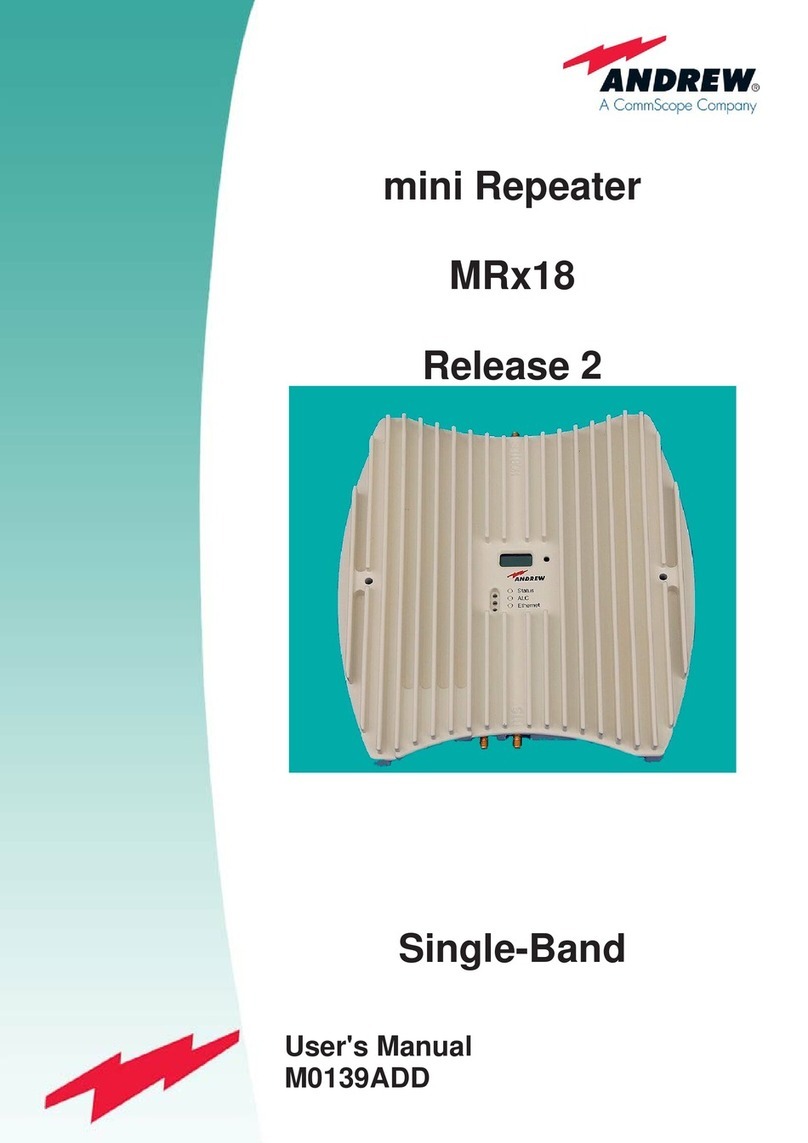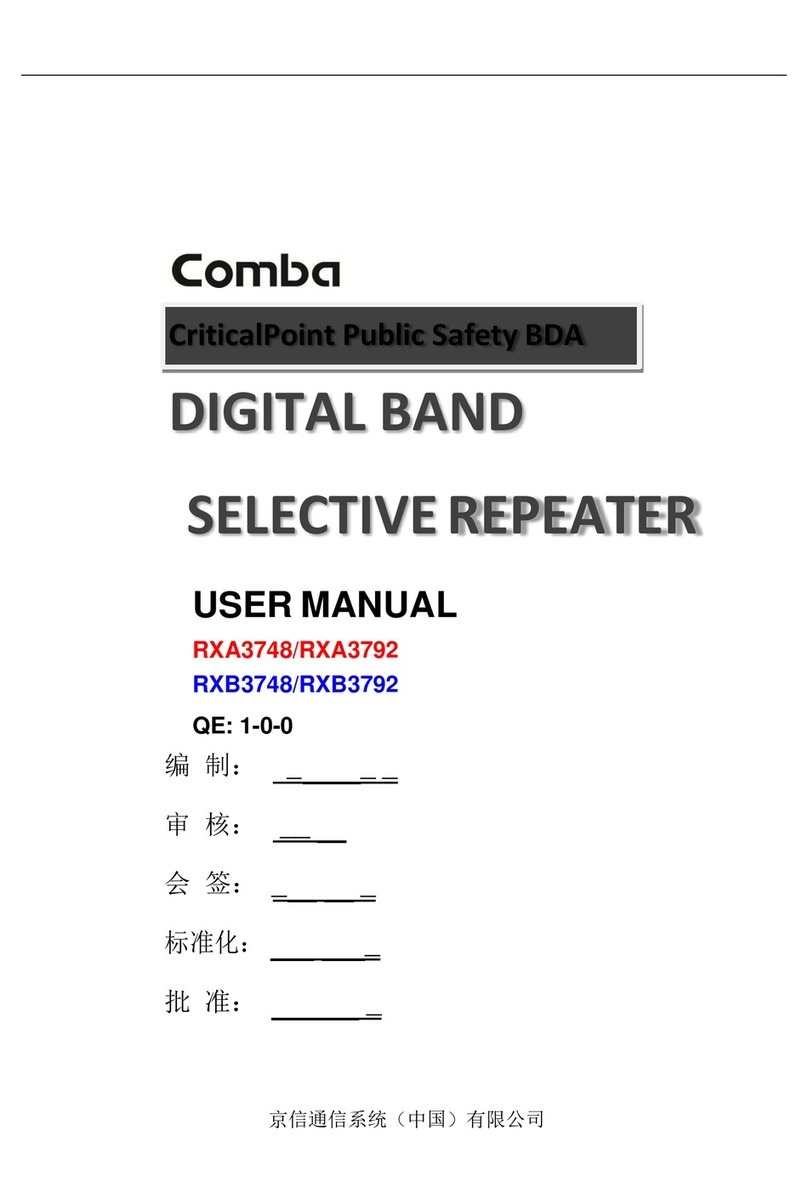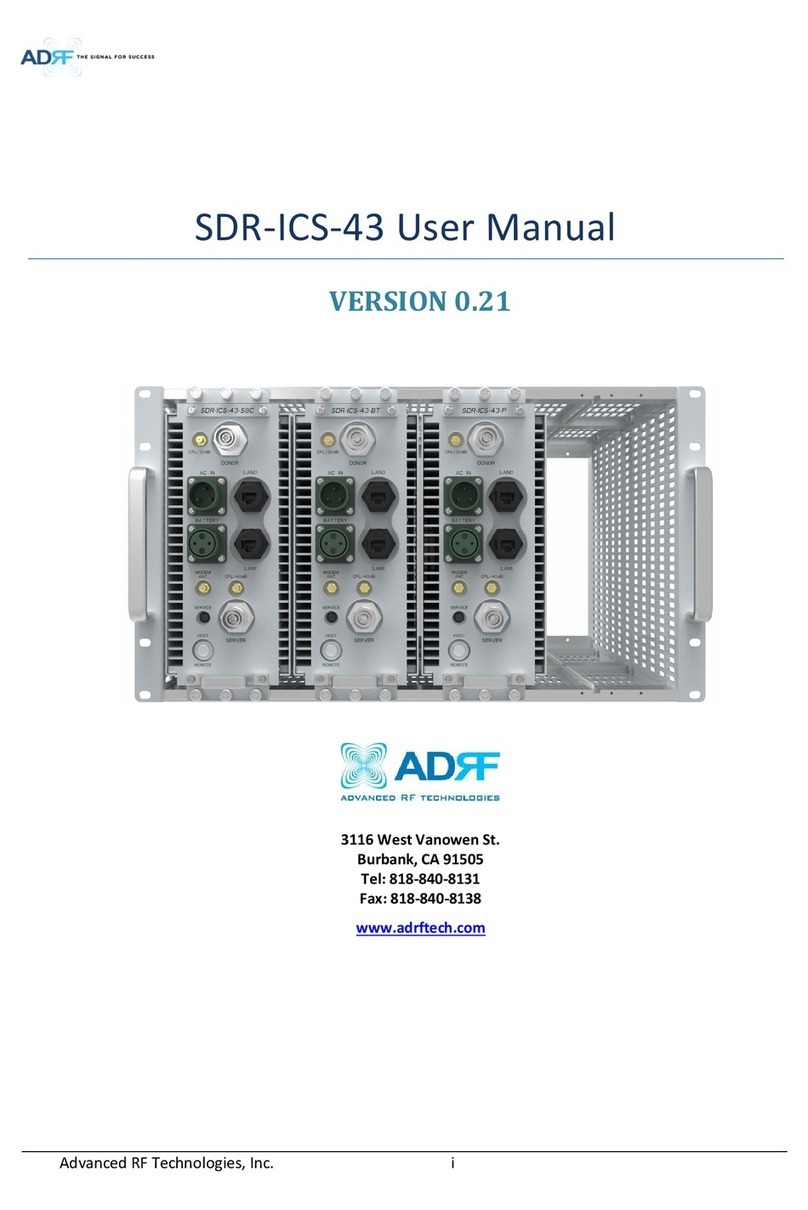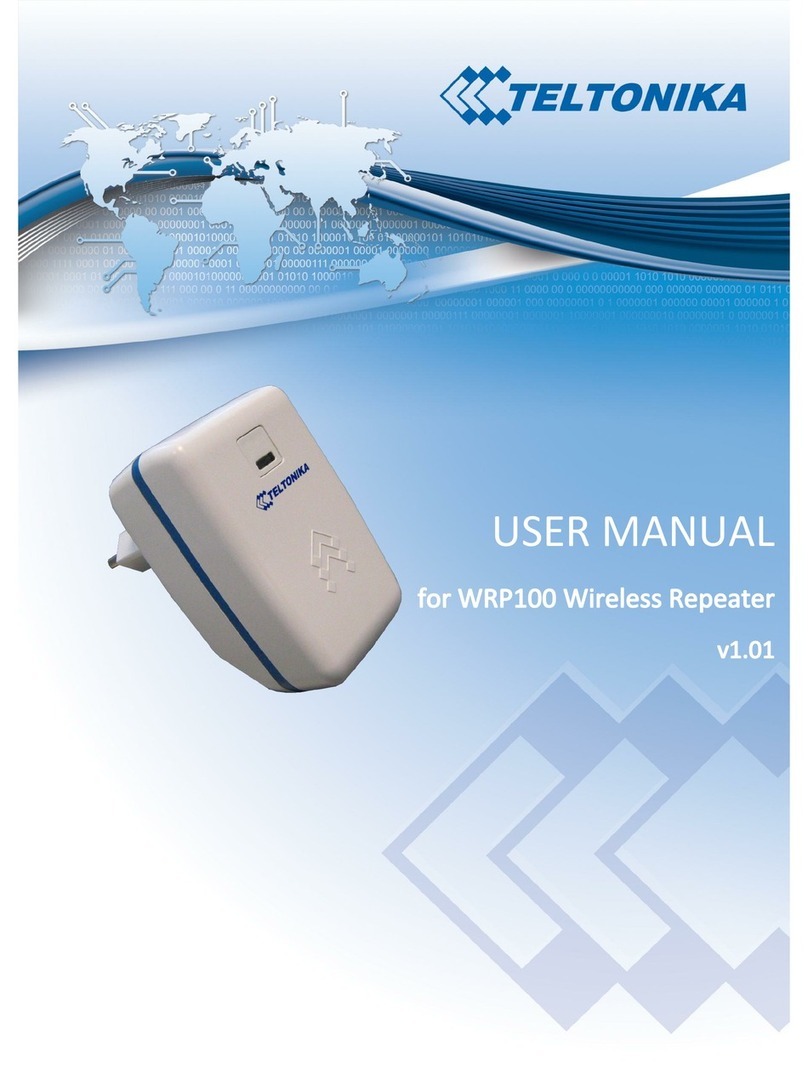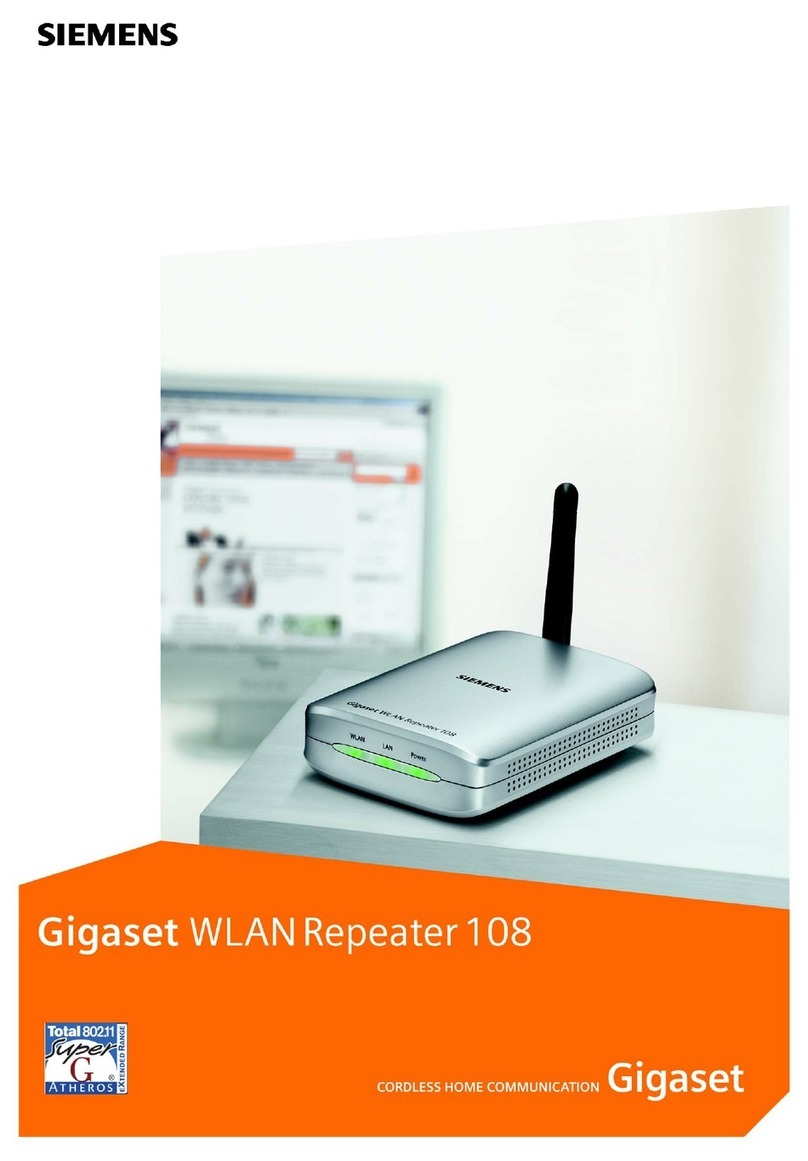Safety Precautions (make sure to read these)
Make sure to read this manual in order to use this radio safely and correctly.
Note beforehand that the company shall not be liable for any damages suffered by the customer or third parties in using this product,
or for any failures and faults that occur during the use or misuse of this product, unless otherwise provided for under the law.
Type and meaning of the marks
DANGER This symbol indicates the possibility of death or serious injury being inflicted on the user and the
surrounding people when these instructions are ignored and the product is handled improperly.
WARNING This symbol indicates the possibility of death or serious injury being inflicted on the user and the
surrounding people when these instructions are ignored and the product is handled improperly.
CAUTION
This symbol indicates the possibility of physical impediments occurring or impediments being inflicted
on the user and the surrounding people when these instructions are ignored and the product is handled
improperly.
Type and meaning of symbols
Prohibited actions that must not be carried out in order to use this radio safely.
For example, signifies that disassembly is prohibited.
Precautions that must be adhered to in order to use this radio safely. For example, signifies that the power supply is to
be disconnected.
DANGER
Do not use the device in “locations or aircraft and vehicles
where its use is prohibited” such as in hospitals and
aeroplanes.
This may exert an impact on electronic and medical devices.
Never touch the antenna during transmission.
This may result in injury, electric shock and equipment failure.
Do not transmit in crowded places in consideration of
people who are fitted with medical devices such as heart
pacemakers.
Electromagnetic waves from the device may affect the medical
device, resulting in accidents caused by malfunctions.
Do not operate the device when flammable gas is generated.
Doing so may result in fire and explosion.
Use good engineering, proper grounding and protective
devices to protect the repeater from power surges, lightening
and electrical damage via the power and external antenna
connections.
Otherwise when it thunders, immediately disconnect the
external antenna from the repeater and shut OFF the power
supply.
If not, fire, electric shock and equipment failure this may result.
Do not touch any liquid leaking from the liquid display with
your bare hands.
There is a risk of chemical burns occurring when the liquid comes
into contact with the skin or gets into the eyes. In this case, seek
medical treatment immediately.
WARNING
Do not use voltages other than the specified power supply
voltage.
Doing so may result in fire and electric shock.
Do not transmit continuously for long periods of time.
This may cause the temperature of the main body to rise and
result in burns and failures due to overheating.
Do not dismantle or modify the device.
This may result in injury, electric shock and equipment failure.
Do not handle the power plug and connector etc. with wet
hands. Also do not plug and unplug the power plug with wet
hands.
This may result in injury, electric shock and equipment failure.
When smoke or strange odors are emitted from the radio,
turn off the power and disconnect the power cord from the
socket.
This may result in fire, liquid leak, overheating, damage, ignition
and equipment failure. Please contact our company amateur
customer support or the retail store where you purchased the
device.
Keep the power plug pins and the surrounding areas clean
at all times.
This may result in fire, overheating, breakage, ignition etc.
Do not place the device in areas that may get wet easily (e.g.
near a humidifier).
This may result in fire, electric shock and equipment failure.
When connecting a DC power cord, pay due care not to mix
up the positive and negative polarities.
This may result in fire, electric shock and equipment failure.
Do not use power cords other than the one enclosed or
specified.
This may result in fire, electric shock and equipment failure.
Do not bend, twist, pull, heat and modify the power cord and
connection cables in an unreasonable manner.
This may cut or damage the cables and result in fire, electric
shock and equipment failure.
Do not pull the cable when plugging and unplugging the
power cord and connection cables.
Please hold the plug or connector when unplugging. If not, this
may result in fire, electric shock and equipment failure.
Do not use the device when the power cord and connection
cables are damaged, and when the power connector cannot
be plugged in tightly.
Please contact our company amateur customer support or the
retail store where you purchased the device as this may result in
fire, electric shock and equipment failure.


